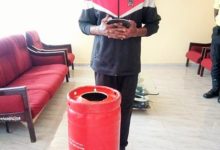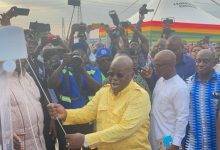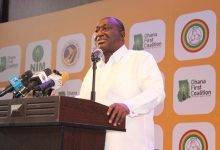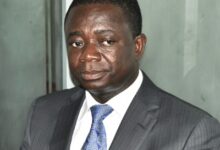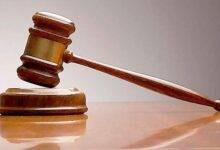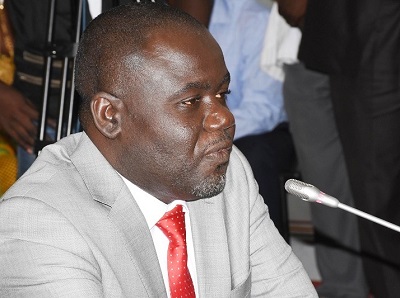
The usual pockets of fights and exchanges between passengers and commercial driver’s assistants commonly referred to as ‘mates’ that often characterise increment in transport fares seems to have died down this year.
Some passengers and drivers interviewed by the Ghanaian Times in Accra yesterday following the coming into force of the new fares, said, this was due to the public education and awareness undertaken by the Ghana Private Road and Transport Union (GPRTU) before its commencement.
The 10 per cent increment means that passengers from Sakumono to Tema Station were now paying GH¢4.50 instead of the old GH¢4, Nsawam to Kwame Nkrumah Circle is now GH¢5.50 from the previous fare of GH¢5.
Passengers from Kasoa to Kaneshie are now charged GH¢3 up from GH¢2.80 while Nungua Barrier to Kwame Nkrumah Circle fare rose from GH¢3 to GH¢3.30.
Mr Kwaku Andoh, who was in a Circle Station-bound bus from Spintex Road-Baatsona, said, “I listened to the executives of the GPRTU on a number of media platforms explaining the increment and I think it is good they keep us well-informed when there’s any such development for us to support them.”
Others seemed to be oblivious of the increment and questioned the rationale and timeliness of the upward review of transport fares.
Some drivers and their ‘mates’ as well as some passengers took it upon themselves to explain the motive behind the increment and when it took effect to others.
However, a trader at the ‘Kantamanto’ market, Elvis Ofori, said though he was aware of the increment, the timing was inappropriate.
He was of the view the increment should have taken effect from the beginning of October saying that “this will had given most of us the opportunity to adjust our finances to cater for the increment.”
The re-opening of schools last week, which usually came with a lot of expenses, as well as increased transport fares, he said, was an overburden on finances of most individuals and families.
“I have three children in a private basic school, and I have spent huge sums of money on their school fees and exercise books already and now transport fares have been increased. This increment could have been implemented at a later date so we can at least be well-prepared,” he explained.
Mr Ofori advised authorities of the GPRTU to ensure the next increment of transport fares takes effect from the beginning of the month and not the middle of the month.
A taxi driver, Bismark Yeboah, said the increment has negatively affected their operations because commuters were unwilling to pay the new charges.
Road Transport Operators announced a 10 per cent hike in fares last week which would cover services offered by intra-city (trotro), intercity (long distance) and taxis saying the increase were as a result of recent hikes in fuel prices.
The “first scheduled increase in road transport fares for the year 2019”, it said was in line with the administrative instrument on Public Transport Fares, a statement by the operators stated.
“The Road Transport Operators have reviewed the prices of the various components that go into running of commercial transport services and have increased public transport fares by 10 per cent,” it added.
The last time fares were increased was in January 2018.
The prices of various petroleum products in Ghana went up from Monday, September 2, 2019.
The increase comes after the National Petroleum Authority (NPA) directed Oil Marketing Companies (OMCs) to start applying the revised Energy Sector Levies.
The Finance Minister, Ken Ofori-Attah, announced the NPA’s directive in the Supplementary Budget he presented recently to the floor of Parliament.
Based on the revision petrol would have a GH¢0.20 adjustment, while Diesel would also attract GH¢0.20 jump in price per litre.
This indicates that the litre of petrol is expected to be sold at around GH¢5.39 for both petrol and diesel and 4.5-litre gallon should be selling at around GH¢24.25.
The increase is as a result of the Road Fund Levy, Energy Debt Recovery Levy, as well as the Price Stabilisation and Recovery Levy increased up 20 per cent.
BY CLAUDE NYARKO ADAMS


